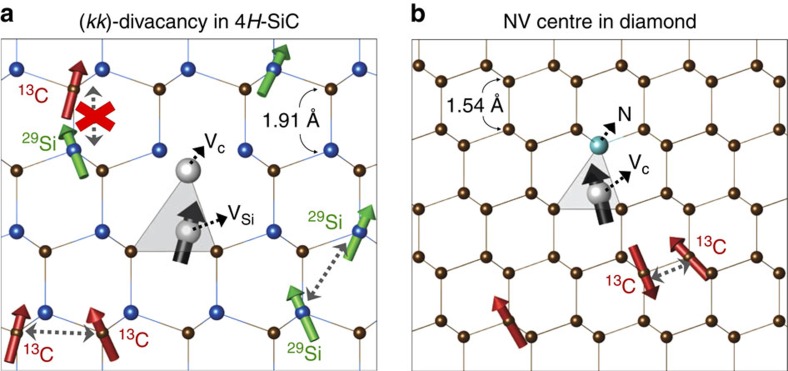Figure 1. Defect spin qubits in nuclear spin baths.
(a) A depiction of the neutral (kk)-divacancy defect complex in 4H–SiC, in which a carbon vacancy (VC, white sphere) at a quasi-cubic site (k) is paired with a silicon vacancy (VSi, white sphere) formed at the nearest neighbouring (k) site. (b) A depiction of the negatively charged NV centre in diamond, which consists of a carbon vacancy (VC, white sphere) paired with a substitutional nitrogen impurity (N, green sphere). Both defects have the same C3v symmetry (denoted by a grey pyramid) and spin-1 (black arrow) triplet ground state mainly derived from the surrounding carbon sp3 dangling bonds. While the NV center spin is coupled to a homogeneous 13C nuclear spin bath (1.1%, IC=1/2 represented with red arrows), the divacancy spin interacts with a heterogeneous nuclear spin bath of 13C and 29Si (4.7%, ISi=1/2 represented with green arrows).

